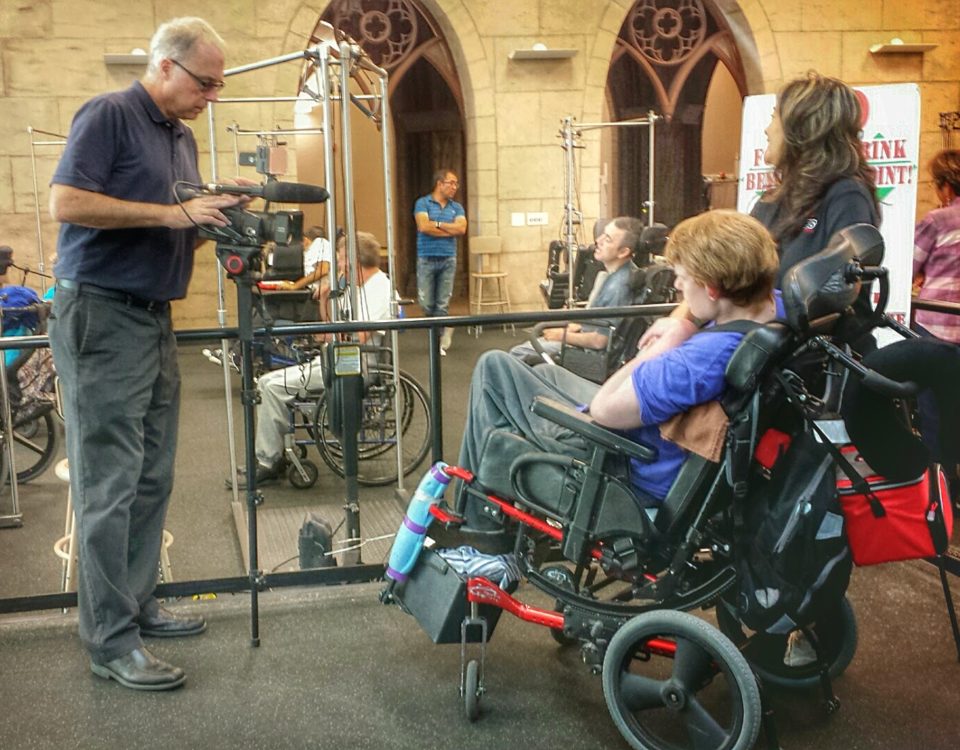- Have any questions?
- 626.335.9794
Day in the Life Documentary: Arousing sympathy, passion, and prejudice

Day in the life video: better than words
May 10, 2015Part 8 of the Day in the Life Video Admissibility Series
Go to previous post in this series:
With day in the life video presentations demonstrating for jurors “better than words” what the plaintiff’s life is like, there is little doubt they can be an incredibly persuasive tool for plaintiffs’ claims for damages. These video presentations can not only enhance the plaintiff’s testimony, but also assist the jury in understanding to what extent the plaintiff’s life has been impacted. More importantly, and to the dismay of the defendant, day in the life videos can leave an indelible impression in the jurors’ minds when it comes to assisting damages.
Recognizing the powerful influence that day-in-the-life videos can have over jurors, the trial court in Roberts v. Sisters of St. Francis Health Services, Inc. (Ill. App.3d 1990) 556 N.E.2d 662, took a novel approach to this issue. The trial court denied the defendants’ motion in limine to bar plaintiff’s introduction of a day-in-the-life video, but reasoned that because the video carried such a high potential for arousing sympathy, passion, and prejudice for the injured plaintiff, the defendants should be able to make prospective jurors aware of the condition which may be presented to them during the course of the trial. During the voir dire process, the trial court played the day in the life video and asked potential jurors whether anyone felt that what they saw would cause them to be biased or prejudiced in such a way that they would be unable to render a fair verdict on evidence. The Illinois appellate court upheld the trial court’s actions of playing the video during voir dire.
We also see other courts warn about potential dangers of day-in-the-life videos with regard to, inter alia, undue prejudice, hearsay, and cumulative evidence. “[T]he powerful impact of this type of evidence requires the trial judge to examine carefully into its authenticity, relevancy, and competency, and — if he finds it to be competent – to give the jury proper limiting instructions at the time it is introduced,” State v. Strickland, (N.C. 1970) 173 S.E.2d 129,135.
Also, in the United States Court of Appeals for the Tenth Circuit, Bannister v. Town of Noble, (U.S.Ct.App. 1987) 812 F.2d 1269, the court surmised that “a jury will better remember, and thus give greater weight to evidence presented in a film as opposed to more conventionally elicited testimony.” Yet, despite the day in the life being a powerful tool and the court acknowledging the limitations of the defense to effectively cross-examine, the day in the life video in Bannister was admitted. The video was admitted, but not without warning. The Bannister court cautioned other courts to recognize these concerns on a case-by-case basis when determining the potential effects of admitting day in the life videos.
Surely, the courts do not utilize strong language, make unusual accommodations during voir dire and issue such harsh warnings when it comes to timelines and graphs. But we see time and again the trial and appellate courts’ taking issue with the “high potential for arousing sympathy,” and the “powerful impact” day in the life videos can have on jurors.
This concludes our series regarding the admissibility of day in the life videos for trial. We hope you felt it was informative.
Kelly Deutsch is Executive Producer at Verdict Video, Inc.




